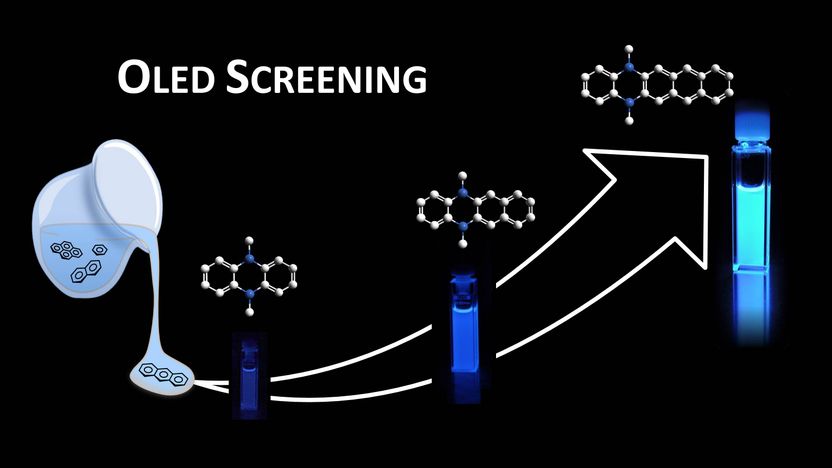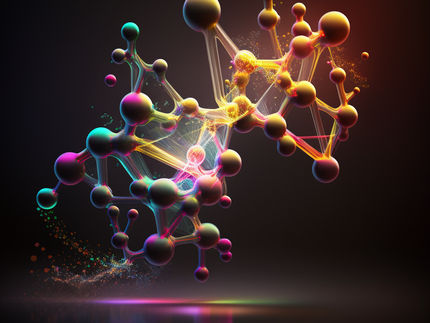Light and nickel simplify chemical reactions
Researchers develop a method for reliable planning of syntheses
Cross-coupling reactions–chemical transformations in which two fragments are joined together–are a valuable tool in the synthesis of organic molecules. Applications range from drug development and synthesis of naturally occurring molecules to materials science. Despite many known methods, finding the right conditions for new reactions remained a challenge. Given the numerous factors that can affect the outcome of the reaction, such as the presence or absence of ligand molecules, catalyst precursors, bases, and other additives, optimization is a tedious task. Machine learning and artificial intelligence are promising new approaches to predicting optimal reaction conditions, but training such models also involves significant effort.
A solution to this problem that has now been found by researchers at the University of Regensburg in cooperation with the Zelinisky Institute in Moscow takes a completely different approach: the reaction parameters have been reduced to a minimum and only the two reaction partners that are to be linked are combined with a simple nickel salt and an organic dye under exposure to visible light. No traditional ligands or additives are added to constrain the nickel catalyst (i.e., they provide multiple channels for catalytic reactivity), as is the case in most conventional methods. Under the reaction conditions, a dynamic mixture of many metal complexes is formed, whose electronic state is adjusted by the photocatalyst and the absorbed light energy in such a way that catalytic reactions begin. The principle is comparable to a juggling feat; through which the photocatalyst and the light energy repeatedly bring metal complexes into the catalytically active form, like throwing balls up when juggling. Since light energy is only required to activate the catalysts and these are very reactive without stabilization, energy-efficient, fast reactions are possible. Catalysts that lose their activity (in the image of the juggling feat, these are dropped balls) are continuously repaired by the light energy, so that only extremely small amounts of the catalyst metal, nickel, are needed. The results of years of research have now been published in the scientific journal "Nature".
It was possible to identify reaction conditions for all molecule classes that now allow reliable planning of syntheses. The new reaction principle is referred to as adaptive dynamic homogeneous catalysis, or AD-HoC for short, and makes an important contribution to the development of energy-efficient and effective, and therefore more sustainable, chemical reactions.
The project has been running for about three years. During this time, numerous experiments were conducted to further develop and confirm the central discovery. The systematic classification of reactants was a breakthrough moment and a particular analytical method of the Russian collaborators, in-situ-mass-spectrometry, helped to understand the dynamic nature of the catalytic systems. In future work, the concept will now be extended to other metal ions such as copper, cobalt, or iron, and other types of reactions, such as the activation of carbon-hydrogen bonds. Furthermore, the researchers believe that the predictability of the reaction conditions together with the simplicity and efficiency will allow this method to be used in industry either for the synthesis of active pharmaceutical ingredients (APIs), which normally requires a time-consuming series of optimization steps, or for the functionalization of biomolecules or for energy-efficient synthetic transformations on a large scale.
Original publication
Other news from the department science

Get the chemical industry in your inbox
By submitting this form you agree that LUMITOS AG will send you the newsletter(s) selected above by email. Your data will not be passed on to third parties. Your data will be stored and processed in accordance with our data protection regulations. LUMITOS may contact you by email for the purpose of advertising or market and opinion surveys. You can revoke your consent at any time without giving reasons to LUMITOS AG, Ernst-Augustin-Str. 2, 12489 Berlin, Germany or by e-mail at revoke@lumitos.com with effect for the future. In addition, each email contains a link to unsubscribe from the corresponding newsletter.
Most read news
More news from our other portals
See the theme worlds for related content
Topic World Mass Spectrometry
Mass spectrometry enables us to detect and identify molecules and reveal their structure. Whether in chemistry, biochemistry or forensics - mass spectrometry opens up unexpected insights into the composition of our world. Immerse yourself in the fascinating world of mass spectrometry!

Topic World Mass Spectrometry
Mass spectrometry enables us to detect and identify molecules and reveal their structure. Whether in chemistry, biochemistry or forensics - mass spectrometry opens up unexpected insights into the composition of our world. Immerse yourself in the fascinating world of mass spectrometry!
Topic world Synthesis
Chemical synthesis is at the heart of modern chemistry and enables the targeted production of molecules with specific properties. By combining starting materials in defined reaction conditions, chemists can create a wide range of compounds, from simple molecules to complex active ingredients.
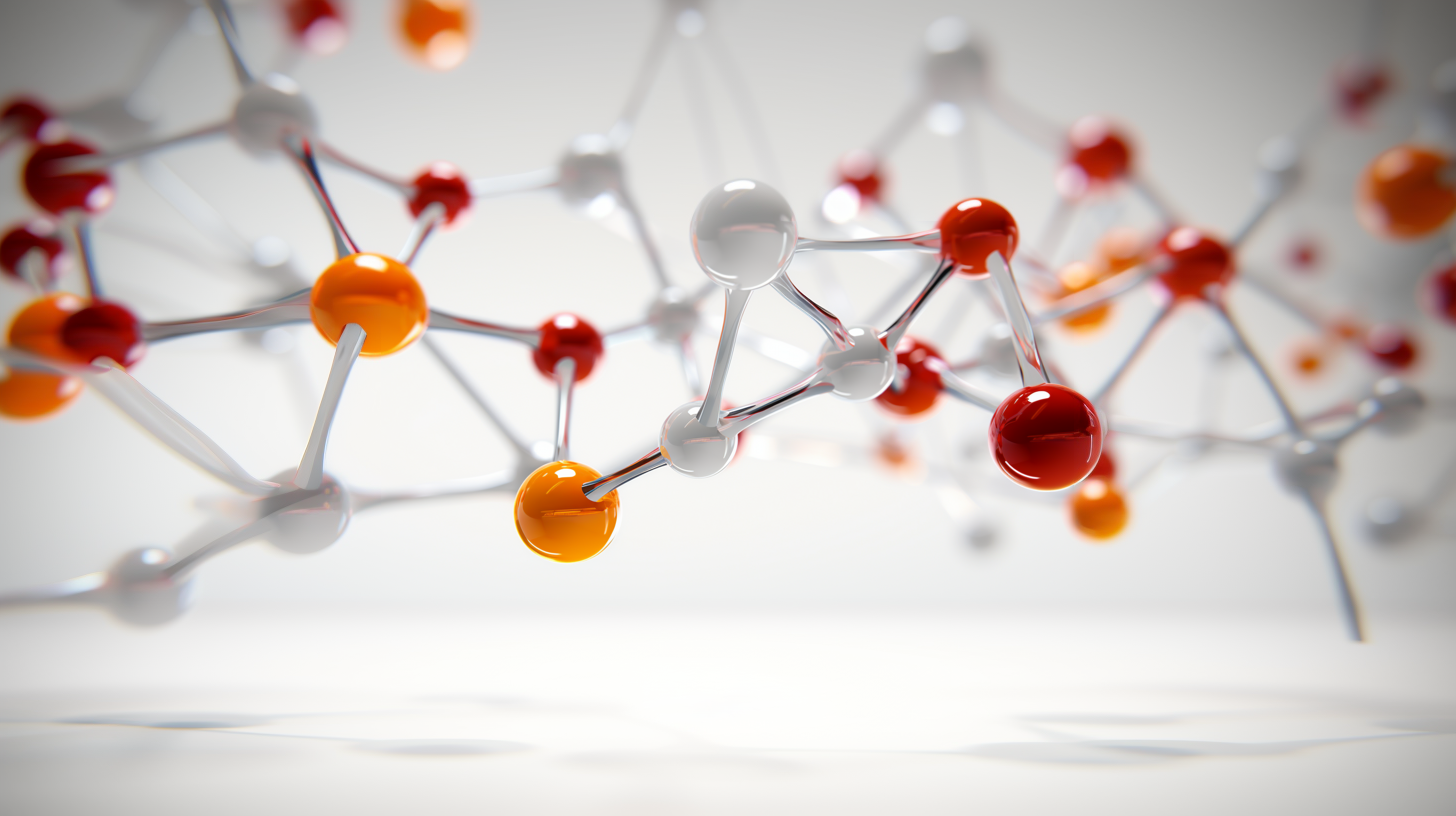
Topic world Synthesis
Chemical synthesis is at the heart of modern chemistry and enables the targeted production of molecules with specific properties. By combining starting materials in defined reaction conditions, chemists can create a wide range of compounds, from simple molecules to complex active ingredients.
Last viewed contents
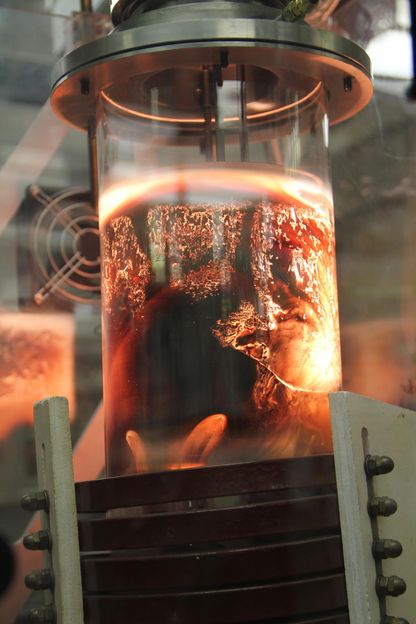
New CMI process recycles valuable rare earth metals from old electronics
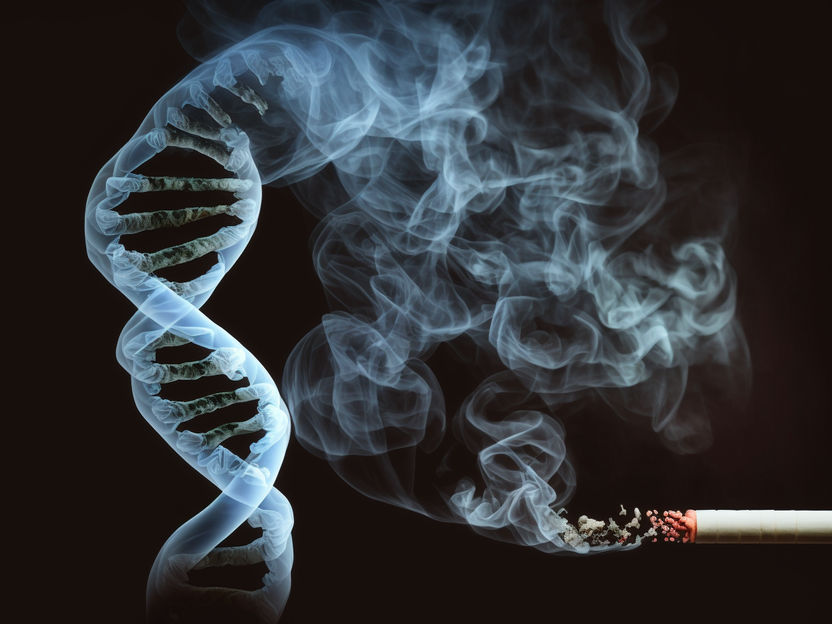
Where do toxins from tobacco attack DNA? - In the future, this could make it easier than ever to determine the safety of many chemical substances
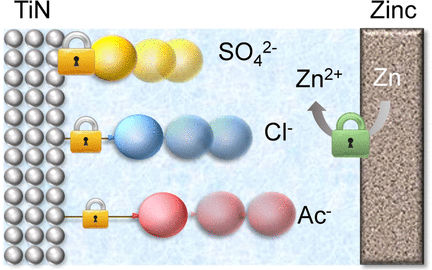
Anions Matter - Zinc-ion hybrid capacitors with ideal anions in the electrolyte show extra-long performance
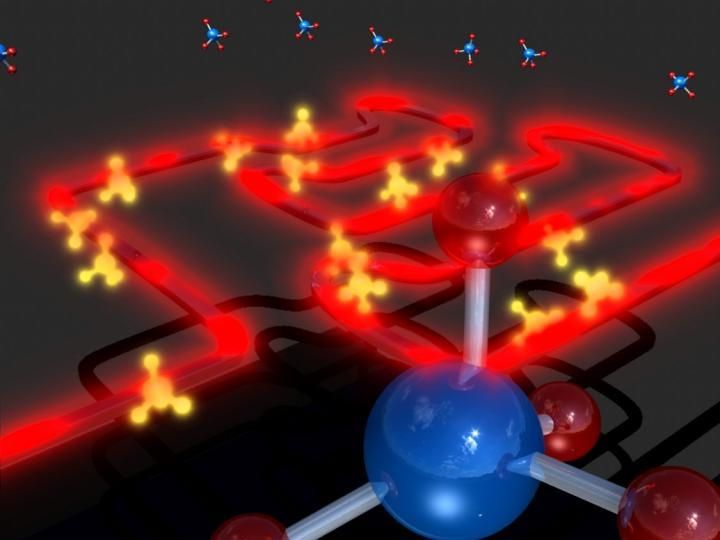
Tiny chip-based methane spectrometer could help reduce greenhouse gas emissions
Combinatorial Chemistry: A Powerful Tool Emerges for the Pharmaceuticals, Materials, and Chemicals Research Industries
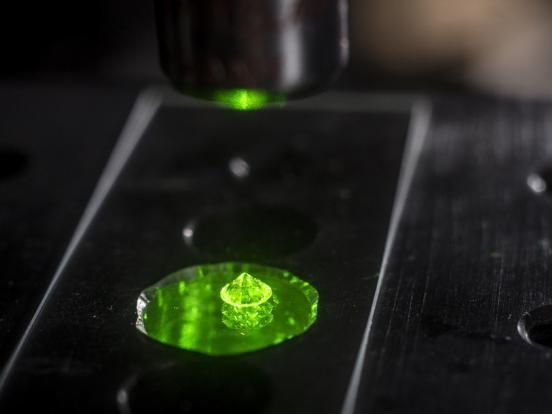
Nanocrystalline diamonds used to study materials under extreme conditions
